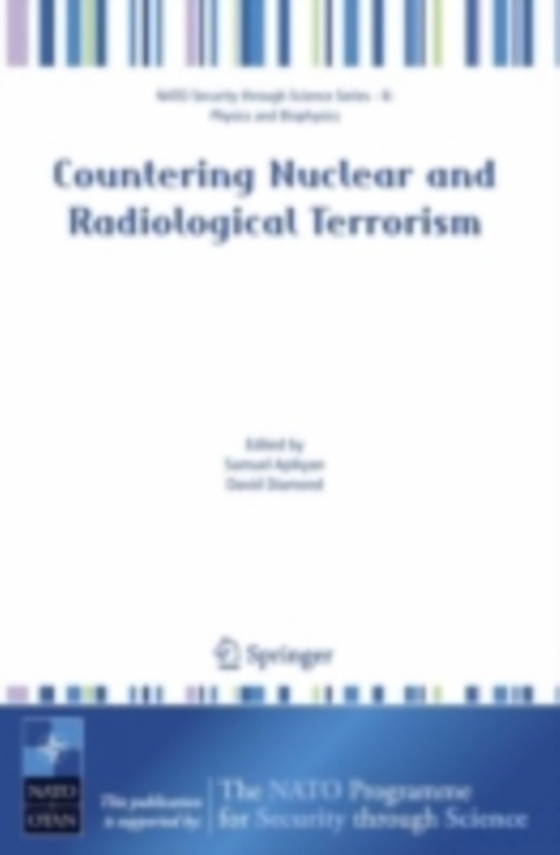
Countering Nuclear and Radiological Terrorism e-bog
1550,91 DKK
(ekskl. moms 1240,73 DKK)
With the dissolution of the Soviet Union the nuclear threats facing the world are constantly evolving and have grown more complex since the end of the Cold War. The diversion of complete weapon systems or nuclear material to rogue nations and terrorist organizations has increased and new nuclear powers (e.g. Iran, Korea, Pakistan and India) have further complicated global proliferation issues. ...
E-bog
1550,91 DKK
Forlag
Springer
Udgivet
22 maj 2007
Genrer
PHFP
Sprog
English
Format
pdf
Beskyttelse
LCP
ISBN
9781402049217
With the dissolution of the Soviet Union the nuclear threats facing the world are constantly evolving and have grown more complex since the end of the Cold War. The diversion of complete weapon systems or nuclear material to rogue nations and terrorist organizations has increased and new nuclear powers (e.g. Iran, Korea, Pakistan and India) have further complicated global proliferation issues. The events of the past years have proved the necessity to reevaluate these threats on a level never before considered. In recognition that no single country possesses all of the answers to the critical scientific, institutional and legal questions associated with combating nuclear and radiological terrorism, the 2005 Workshop and this proceeding was structured to promote wide-ranging, multi-national exploration of critical technology needs and underlying scientific challenges to reducing the threat of nuclear/radiological terrorism; to illustrate through country-specific presentations how resulting technologies were used in national programs; and to outline the role of legal, policy and institutional frameworks in countering nuclear/radiological terrorism. One key outcome of this book is better understanding of the independent contributions from across the international community of the scientific and technological components and the legal, policy and institutional components to combating nuclear/radiological terrorism. The book can serve as a tool for communicating the outcomes of the workshop not only to the multi-national scientific communities engaged in combating nuclear/radiological terrorism, but also to those working at governmental and policy levels whose actions affect the directions the science takes and how the technology is incorporated into country-specific national systems for combating nuclear/radiological terrorism.
 Dansk
Dansk

